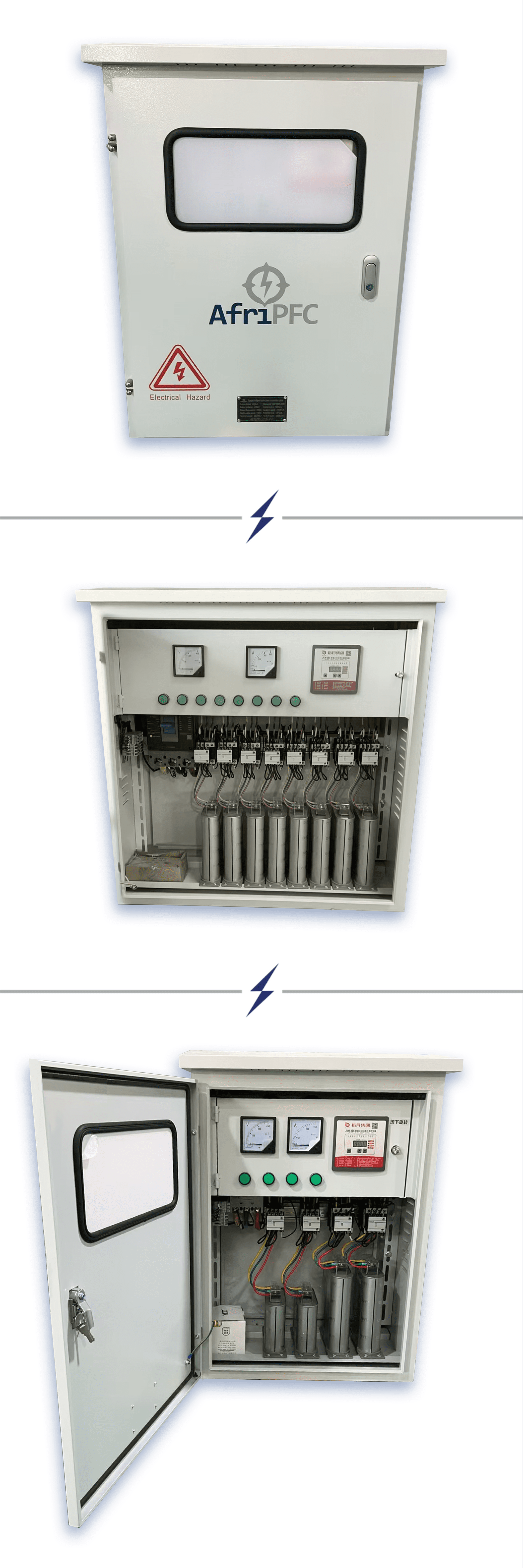
Installing a power factor correction (PFC) unit can provide several benefits for both commercial and industrial facilities. Here are five key reasons to consider implementing PFC:
1. Reduced Energy Costs: Power factor correction helps improve the overall power factor of a facility, which can lead to reduced demand charges imposed by utility companies. A higher power factor means less reactive power is drawn from the grid, resulting in lower electricity bills.
2. Enhanced System Efficiency: By correcting the power factor, PFC units reduce the energy losses associated with the transmission and distribution of electricity. This improves the overall efficiency of the electrical system, allowing for more effective use of available power.
3. Increased Equipment Lifespan: A better power factor leads to reduced stress on electrical equipment. This can result in lower wear and tear, decreased overheating, and extended lifespan of motors, transformers, and other machinery, leading to reduced maintenance costs and downtime.
4. Improved Voltage Stability: Power factor correction can help stabilize voltage levels in the electrical system, reducing the risk of voltage drops and ensuring that equipment operates reliably. This is particularly important infacilities with sensitive electronic equipment that can be affected by voltage fluctuations.
5. Lower Carbon Footprint: By reducing energy consumption and increasing efficiency, power factor correction contributes to lower greenhouse gas emissions. This not only promotes environmental sustainability but can also enhance a company's reputation and compliance with regulatory requirements related to energy use and emissions.


